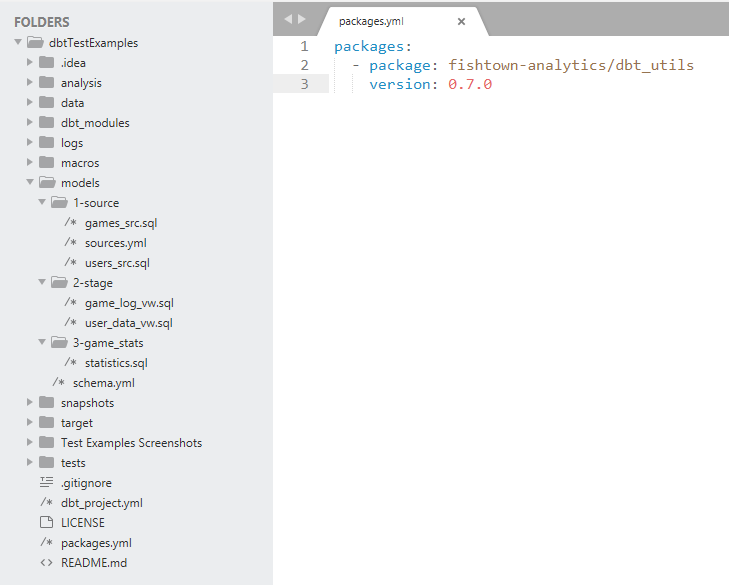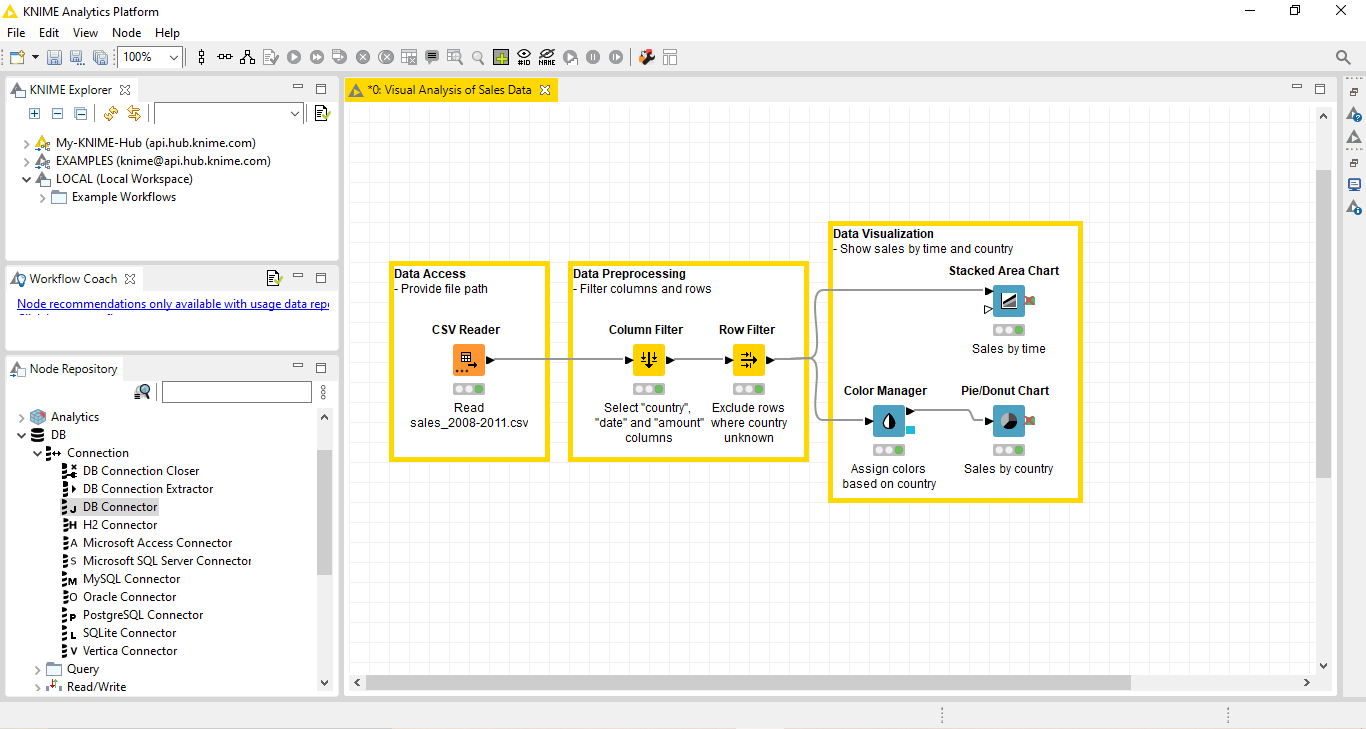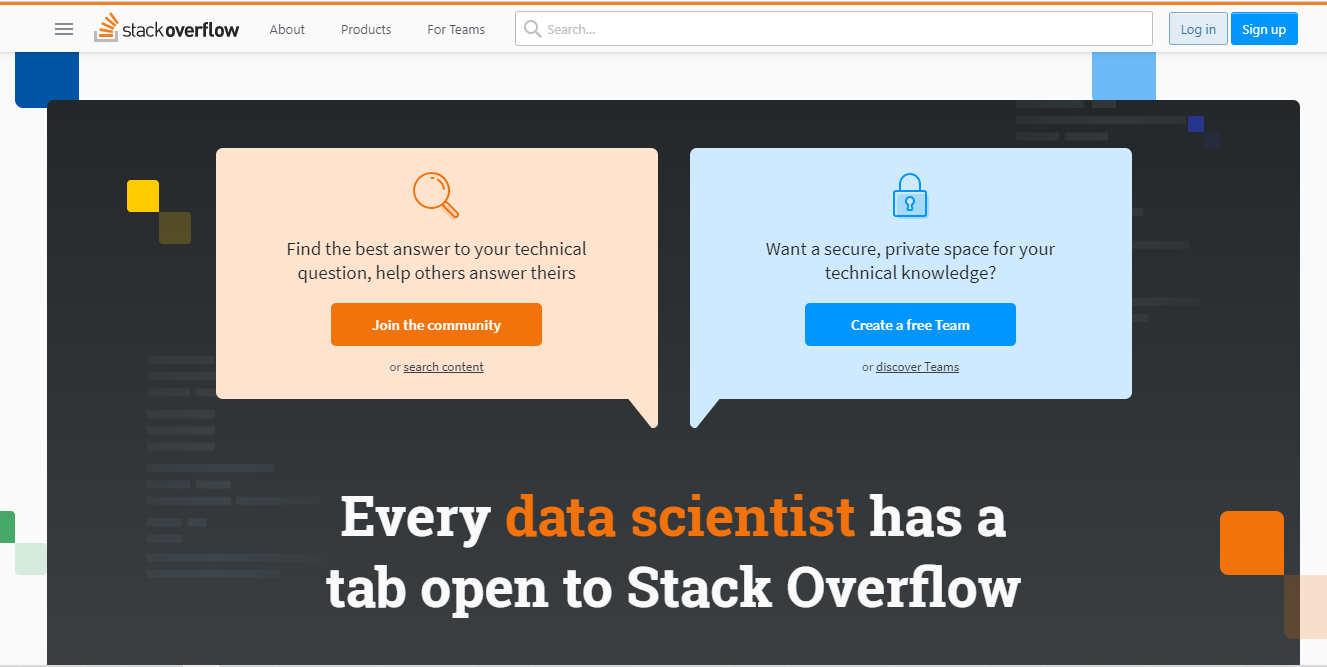Data analytics can mean a lot of things. Sometimes you’re delivering relevant metrics to analysis experts; other times, you’re identifying which tools, resources, and people you need for data processing.
Many of the tools available to carry out data analytics work are open-source.
Open-source refers to a program with a free-to-use codebase available to the public. While some open-source programs are created and maintained by nonprofit organizations, most of them get started by programmers, then developed and enhanced by willing contributors.
There are hundreds of popular open-source programs used globally by developers, analysts, and engineers—across all experience levels. Open-source possibilities can benefit all kinds of work, and data analytics is no exception.
In this article, you’ll learn the pros and cons of open-source data analytics software, determining the best use cases as a result.
Common open-source data analytics tools
Open-source tools exist for all core parts of data analytics. These core parts include data visualization and transformation, Extract Transform Load (ETL) management, database setup, and data monitoring.

An example of a dbt project in Sublime Text
When it comes to open-source data analytics tools, a few big names stand out.
There are many Python-based data analysis options, but the Apache Spark library is popular for processing and controlling data flow.
Another leading open-source data transformation framework is data build tool (dbt), a server-agnostic data modeling tool. It allows analysts who know SQL to build data models and plug them into their chosen connector.
If a data analyst has time and prefers a UI where they can do everything from data pipeline management to data visualization, tools like KNIME are good options.
KNIME’s powerful interface allows users to control almost every aspect of the ETL pipeline, though its complexity makes learning it time-consuming.
Other UI-based visualization open-source data analytics tools include Metabase, AirTable, and Redash.

The home screen of KNIME, the open-source data analytics tool
This array of options sounds overwhelming, especially given that they all have some level of command-line configuration. In addition, from a data QA workflow standpoint, it’s tough to know which tool to use for testing different parts of the ETL pipeline.
To help determine if an open-source data analytics tool is right for you, let’s look at some pros and cons.
Evaluating if open-source data analytics tools are right for you
Open-source can be a fantastic choice for many business needs in specific cases. However, working with free tools primarily maintained by the development community has its advantages and disadvantages.
Pro: Data analytics software cost
Open-source software is free to download, learn, and use. As a result, your analysts and engineers can quickly try out different open-source solutions to determine which works best without incurring upfront costs.
Con: Knowledge and labor costs
While open-source is free to use, knowledge and labor costs are inescapable. Moreover, developing enough expertise around open-source software to use it effectively takes time.
Time spent learning open-source is time taken away from analyzing data; you need to weigh whether open-source is worth that time.
Organizational adoption is also something that needs serious consideration. You will need a clear strategy around who will teach the software to others and who will pick up the day-to-day work left as a result.
While you can remedy this issue with an in-house expert who can develop, configure, and use the tool while teaching others, it isn’t easy, particularly in a large organization.
Pro: Community evolution and collaboration

The front page of Stack Overflow
One of the most significant advantages of open-source software is the abundance of helpful community support.
Resources include:
- Forums like Stack Overflow to ask questions.
- Open discussions around source code improvements in GitHub projects.
- Slack communities dedicated to helping data engineers and data analysts.
Using open-source means being part of a vast community experimenting and learning just like you, and they want to share what they know. As a result of this collective progress, tools are constantly being adapted and optimized.
Con: Lack of commercial support
While open-source’s massive community is great, sometimes you need an immediate answer from a source you can absolutely trust. In these scenarios, a post on a forum or Slack might not be sufficient.
Depending on the program, its popularity, and its impact, some open-source software is eventually deprecated, barely maintained, or outdated. Perhaps the people who were monitoring the codebase and checking community code additions became too busy, or got a different job.
As you might imagine, these factors can negatively affect the quality of open-source tools over time.
Pro: No restrictions on customization
While it can be tough to get the right help with open-source tools, you generally have the right to modify the code according to your needs. These modifications could involve adding custom dependencies to your tools or writing an internal library for analysts you work with.
The adaptability of open-source tools allows a lot of flexibility to solve data processing needs.
Usage restrictions aren’t strict generally, but some licenses don’t allow anyone to use the code for profit, so be sure to check the project’s license on GitHub.
Con: No restrictions on quality
While open-source code is easy to modify according to your needs, that adaptability means everyone can also modify it, including the original programmer who added the necessary dependencies.
For example, installing dbt also installs dozens of other Python packages it needs to run properly. If one of those packages has a bug, the layers of installation errors and update problems begin.
The quality issues with open-source code don’t end there; there are security and compliance vulnerabilities in every open-source project that has its codebase exposed to the public. Even an open-source security program would expose its inner workings if it lived on GitHub.
Open-source programs are particularly vulnerable to security breaches—they are almost never considered compliant by organizations like the Federal Deposit Insurance Corporation or laws like the Health Insurance Portability and Accountability Act.
When open-source tools fit in data analytics and when they don’t
Finding the right tool for data analytics is no easy task. Every team, project, and person needs a data analytics tool that works specifically for them.
As we discussed earlier, a significant time investment is required from a data team to develop enough open-source expertise to scale it throughout an organization. However, open-source is a great option if you’re running a startup or have the time to invest in these tools.
Some companies offer open-source software with a paid option that provides support. One example is dbt, which has a range of free and paid subscriptions.
Paid support options are exactly what some organizations need to implement data analytics at scale; they combine the power of open-source libraries and communities with the support staff you’d get with a closed-source product.
While the above method can work for many organizations, it’s not perfect—especially for those dealing with stricter compliance. For example, if you’re operating in the financial, health, retail, or education sectors, it’s highly likely you don’t want to use open-source tools for data analytics.
Conclusion
In this article, you’ve learned the positives and negatives of open-source software and should be well-positioned to determine if and how you would implement it in your organization.
Panoply is an all-in-one data analytics suite that allows data analysts to focus on what’s essential—analysis. Instead of analysts wasting time wrangling applications, code, and new programming tutorials to get to their data, Panoply does all of that work for them.
If you want an automated data analytics solution that doesn’t take months to learn, Panoply is the perfect tool to try out for free.
